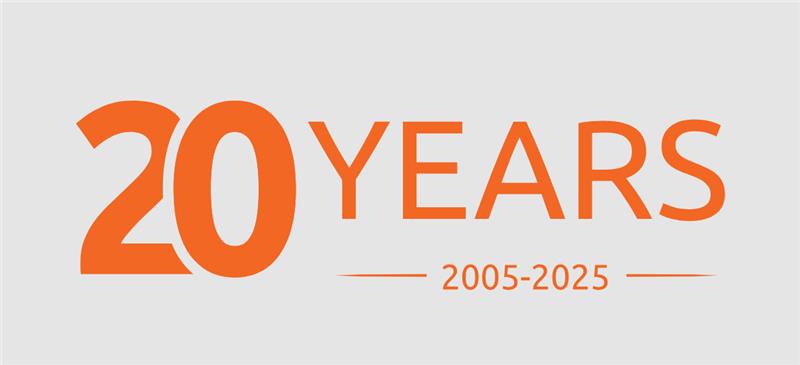H-1B fee hike, US local hiring rules hurt Indian IT

IT companies will have no option but to cough up more for H-1B visas if the US increases the visa application fee as US labour secretary Alexander Acosta has said it would. To be sure, they would not mind the additional costs even if these impacts their margins because the US is, after all, their biggest market. What is worrying, however, is that Indian companies may not get the number of visas they are looking for. In April, the United States Citizenship and Immigration Services (USCIS) said it had received enough applications for fiscal 2019 which starts in October, reflecting the enormous demand for these permits. This was the seventh year in a row in which the visa cap was reached in the first five business days. However, while the number of visa applications has steadily declined over past three years last year, USCIS received 190,000 cap-subjected H-1B petitions, 199,000 in 2018 and 236,000 in 2017 that hasn t helped India. Industry experts point out the rejection rate for H1B visas for Indian IT companies has been rising in the last few years with some exceptions. Moreover, the scrutiny too has increased. Data released by USCIS shows that ‘request for further evidence’ (RFE) for H-1B applications from Indians increased to 72.4% in Q4CY17 from 18.2% in Q1CY17.
An analysis by Axis Securities shows the denial rate for H-1B applications increased to 23.6% in Q4CY17 from 18.3% in Q1CY17, possibly due to the US government s order issued in April 2017 that more Amercians be hired. The higher rate of denials and RFE for skilled visas continued in CY18. The H-1B approval rate was approximately 75% in Q1FY19 against the five-year average of around 90%, while the approval rate for L1 (A/B) dropped to about 74% in Q1FY9 against five-year average of ~82% a trend similar to that seen for H-1B visas. That is worrying because exports of software services in FY18 were $77.3 billion, not much higher than the $74.3 billion in FY17. While demand should pick up over the long term Nasscom predicts global technology services spends will go up to $4 trillion by 2025 from $2.8 trillion in 2014 and Indian IT companies are well-positioned to cater for the demand, they must have enough visas to be able to do so. This is the first season of H-1B petitions after USCIS announced the new rules. The new rules give preference to professionals with a post-graduate degree from US educational institutions; such professionals would get an opportunity in the 65,000 general category and, if they fail, in the 20,000 advanced degree pool. While IT companies will attempt to step up local hiring, it is not easy to find talent, especially for mid-level positions, and besides, local talent is expensive. The increase in costs is already visible and comes at a time when spends on key verticals such as banking could stay subdued in 2019, especially in important geographies such as the US. Where Indian firms can score is by focussing on the emerging areas such as AI, analytics, automation and cloud. Moreover, inorganic initiatives can help them grow faster. Given the fast-increasing competitive intensity in the industry, such opportunities may emerge. Given the headwinds overseas the governments back home state and central must make sure the IT industry faces no disruptions whatsoever. Else, the pace of growth could slow, hurting India s forex earnings.
©2018 b.s.b international career. All rights reserved.






